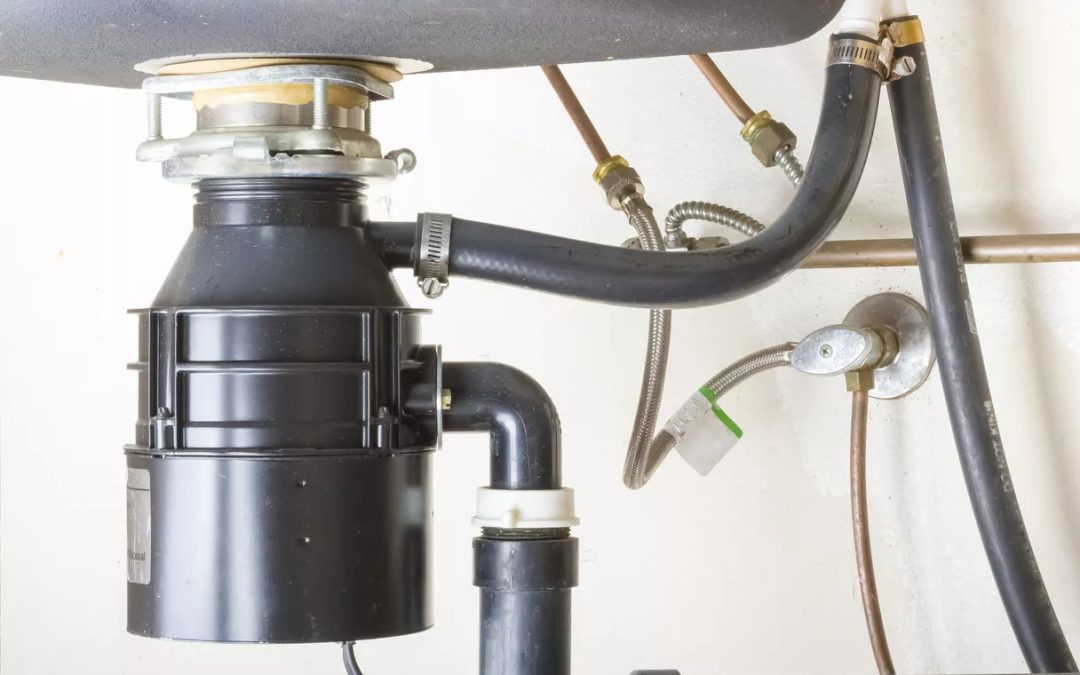Dealing with a clogged garbage disposal can turn kitchen cleanup into a frustrating chore. Whether it’s caused by food scraps, grease, or foreign objects, a blockage can disrupt your sink’s functionality and lead to unpleasant odors. Fortunately, unclogging a garbage disposal is often a straightforward process that you can handle without professional help. With the right tools and techniques, you can get your disposal running smoothly again in no time.
This guide will walk you through the steps to diagnose and fix common garbage disposal clogs. By understanding how your disposal works and learning some basic troubleshooting methods, you’ll be well-equipped to tackle any issues that arise. Let’s get started on restoring your kitchen sink to its full efficiency.
Quick Summary: To unclog a garbage disposal, first, ensure it’s turned off. Use a flashlight to check for visible clogs, then try manually turning the blades with an Allen wrench. If necessary, use a plunger or a mixture of baking soda and vinegar. For persistent problems, a professional drain cleaning service may be needed.
Safety First: Turning Off the Garbage Disposal
Unclogging a garbage disposal may not be the same as unclogging a sink drain without one, but it is a fairly straightforward procedure. Before attempting any repairs, safety must be your top priority. Always turn off the garbage disposal at the power source to prevent accidental activation. This simple step can protect you from injury and makes it safer to inspect and clear the disposal.
Once the power is off, use a flashlight to look inside the disposal for any visible obstructions. If you spot large objects or debris, carefully remove them with pliers or a similar tool, avoiding direct contact with the blades.
Manual Unclogging Techniques
If you can’t see a clog or the disposal still won’t run after clearing visible debris, try manually turning the disposal’s blades. Most disposals include an Allen wrench slot at the bottom, allowing you to rotate the blades and dislodge any hidden obstructions. Use a 1/4-inch Allen wrench or hex wrench. Make a few turns in a clockwise direction, then counterclockwise.
This method can often free up the disposal without the need for further intervention. However, if the blades don’t move or the clog persists, you may need to try a different approach.
Using Natural Solutions: Baking Soda and Vinegar
A mixture of baking soda and vinegar can be an effective, eco-friendly way to tackle garbage disposal clogs. Pour half a cup of baking soda into the disposal, followed by a cup of white vinegar. The resulting chemical reaction can help break down the clog.
Allow the mixture to sit for several minutes, then flush the disposal with hot water. This method is safe for your disposal and the environment, making it a great first choice for minor clogs.
Plunging the Sink
If manual methods and natural solutions don’t work, you can try using a plunger to unclog a garbage disposal. Ensure you have a good seal over the disposal opening and plunge vigorously. This action can help dislodge clogs deeper within the drain.
Be patient, as it may take several attempts to clear the blockage. If plunging doesn’t resolve the issue, it might be time to consider other options.
When to Contact a Professional
Some clogs are too stubborn for home remedies and require professional intervention. If you’ve tried the above methods without success, it’s time to seek help from a professional Dayton plumber. They have the tools and expertise to safely and efficiently clear your garbage disposal, ensuring it functions properly.
Professional plumbers can also provide valuable advice on maintaining your disposal to prevent future clogs. Don’t hesitate to call if you’re unable to resolve the issue on your own.
Preventing Future Clogs
Maintaining a clear garbage disposal starts with proper use and regular maintenance. Here are some tips to prevent future clogs:
- Avoid disposing of hard, fibrous, or greasy items that can cause blockages.
- Run cold water before and after using the disposal to flush down debris.
- Clean your disposal regularly with ice cubes and citrus peels to keep the blades sharp and the unit smelling fresh.
By following these guidelines, you can extend the lifespan of your garbage disposal and minimize the risk of clogs.
In conclusion, unclogging a garbage disposal is a manageable task with the right approach. Whether you’re dealing with minor blockages or stubborn clogs, this guide has provided you with several methods to get your disposal back in working order. Remember, prevention is key to avoiding future issues. If you need professional assistance, consider reaching out to a plumber in Beavercreek, Huber Heights, Englewood, Clayton, or West Carrollton for expert drain cleaning services. Keep your kitchen sink running smoothly with the help of experienced professionals.

